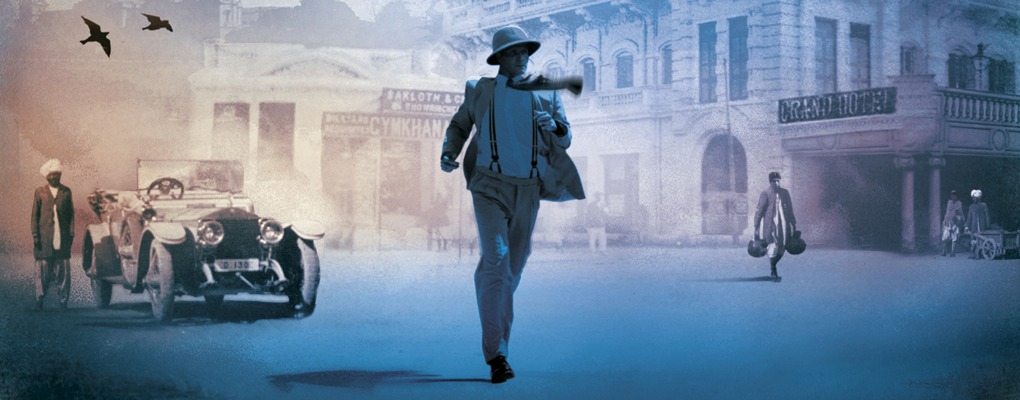Books
Abir Mukherjee on rediscovering 1920s India
Acharya Prafulla Chandra Roy Road was once called Upper Circular Road. It’s a chaotic, traffic-choked artery in the middle of what was, a hundred years ago, the greatest city in Asia. Like the street, the city too has changed its name. What is now Kolkata was once Calcutta. The name change seems half-hearted, as though the city is in two minds about breaking with its past.
Halfway up the street, set back from the road behind white gates, sits a handsome, colonial bungalow that was once the house of Raja Ram Mohan Roy, one of the leading lights of the eighteenth century Bengal Renaissance, and is now home to the Calcutta Police Museum.
It’s a curious place. The city and its police force might have changed their name, but the museum hasn’t. Walking up its marble steps, one gets the feeling of entering a different world, and a different time.
I’m here to research the 1920s, a period of great upheaval in the city, and in India as a whole. Gandhi’s peaceful independence movement was gaining momentum, but a violent freedom struggle was going on in parallel.
Under the gaze of a hawkish sub-inspector, I sign the register and, after being warned that photography is prohibited, am granted access and led into a series of rooms with exhibits from the force’s history displayed in glass cases and along the walls. The first room deals with the twenty-first century, specifically the force’s fight against international terrorism and drugs. The walls are lined with photos of smiling officers standing overhauls of heroine or prostrate radicals. I move on, and back in time, into a room highlighting the police’s achievements between independence and the nineteen seventies. Terrorism is once again the focus, though here it’s homegrown radicals in the shape of Maoist revolutionaries rather than jihadists, whose plots have been foiled by the boys in white. (Kolkata’s policemen still wear white uniforms).
The next room is the one that I’m here for. ‘1919 to 1947’ reads a sign above the door. The period between the Great War and independence. I enter and soon I’m aware that things have changed subtly. The photographs of smiling officers standing above captured suspects have gone. Instead there are photos and cases displaying items from the freedom struggle, with the life-stories of Bengal’s heroes of the freedom movement set out in great detail. The role of the Calcutta Police in combatting them though is presented in a few brief paragraphs. The police force, like the city itself, seems unsure about how to view its past.
But then I come to a room that charts a piece of history of which the Calcutta Police can be justifiably proud. On the walls are three grainy photographs. One is of a white-haired Englishman. The other two are Indians. This is the Fingerprint Room, and the Englishman is Edward Henry, after whom the Henry system of fingerprint classification takes its name. Calcutta is, after all, the home of modern fingerprinting. The world’s first fingerprint bureau was established here in 1897, almost five years before Scotland Yard set up its Fingerprint Branch, and the men who developed the system are the two Indians whose photos take pride of place, Azizul Haque and Hem Chandra Bose. One was a Muslim, the other was a Hindu. Of course their boss, Edward Henry, received most of the credit. He was later knighted and went on to be commissioner of Scotland Yard. As for the two Indians, there’s little information at the museum as to what happened to them. It’s odd which pieces of history we remember and which we forget.



Please note: Moderation is enabled and may delay your comment being posted. There is no need to resubmit your comment. By posting a comment you are agreeing to the website Terms of Use.